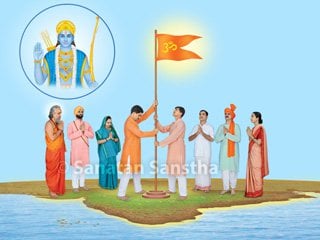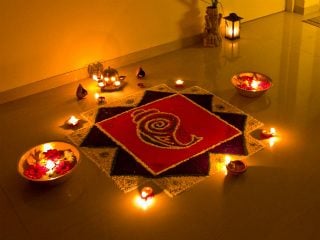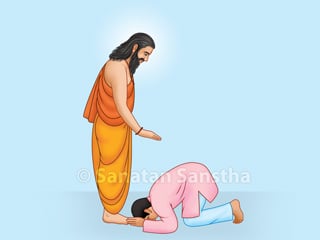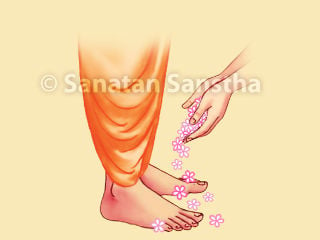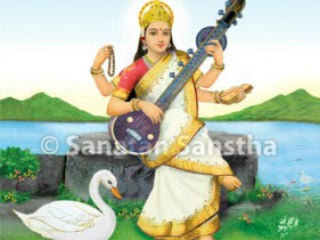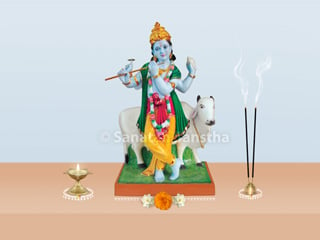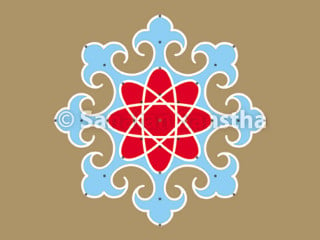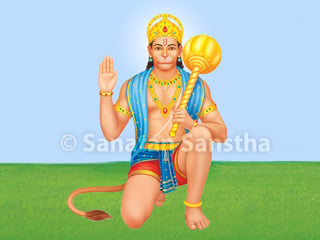Let us make a resolve (sankalp) to establish Ramrajya (Rama’s rule of righteousness) on the occasion of Ramnavami
Ramrajya was a state of affairs in which the life of subjects was full of contentment, there was no crime, corruption, etc. Let us be determined to establish such an ideal state (a Hindu nation).

